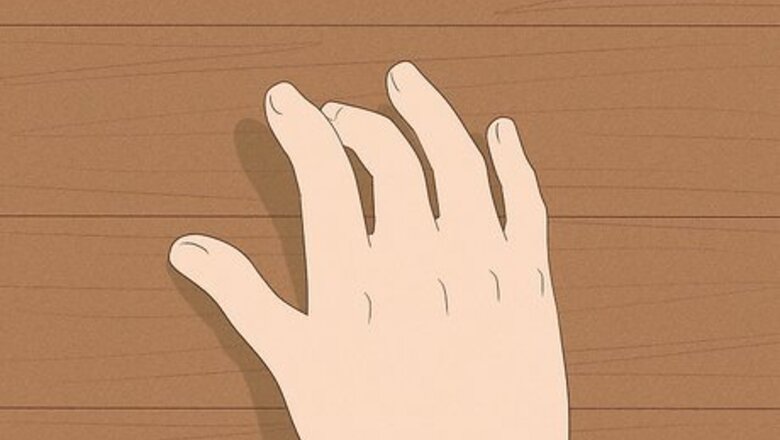
views
Finger Dexterity Exercises without a Piano
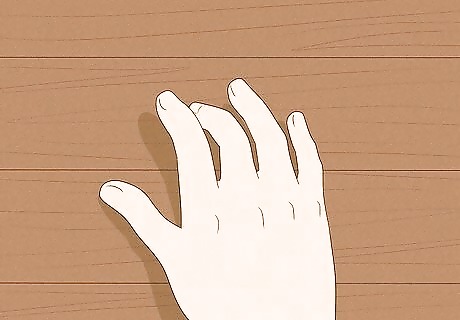
Practice scales on a tabletop. Work on your finger coordination by playing scale patterns on a table as if it were an actual piano. For example, as you ascend (most) scales with your right hand, practice crossing your thumb to play the scale’s fourth note. Then, descend the scale and practice crossing your middle finger to play the sixth note. As you ascend (most) scales with your left hand, cross your middle finger to play the sixth note. When descending with your left hand, play the third note with your thumb. Try to play with equal pressure from each finger. This will make your sound and volume smoother and more uniform on the real instrument. If you’re unfamiliar with scale fingerings, practice a different technical exercise or short piece of music you know instead.
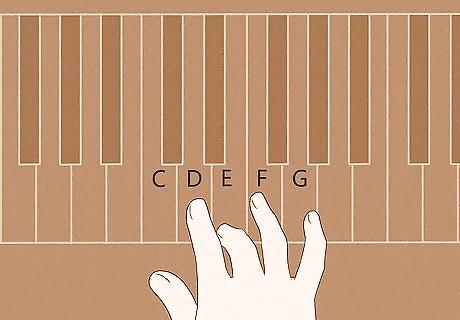
Do finger rhythm drills. Starting with your thumb and ending with your pinky, tap all 5 fingers as if you were tapping the white keys from middle C to G. Tap extra hard every third tap to create an accented rhythm. Ascend and descend, or tap from your thumb to your pinky, then from your pinky to your thumb. Tap as fast as you can while keeping the accented rhythm. Switch up the intervals you accent and add combinations, such as accenting every second and fourth taps. Practice with a metronome or an app like Pro Metronome to make sure you’re tapping precisely in time.
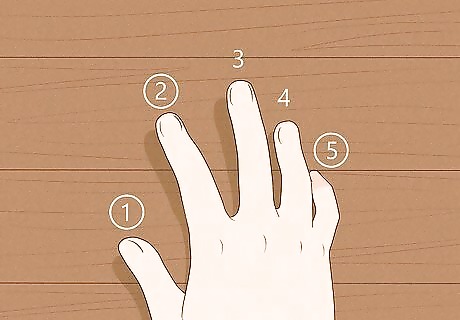
Try combination taps. Number your fingers 1 through 5 from your thumb to your pinky (your thumb is 1 in both hands). Pick a combination of numbers, such as 1, 2, and 5. Practice tapping with your thumb, index finger, and pinky in that order. Switch up your combinations and make them more complex. Try tapping as fast as you without making any mistakes.
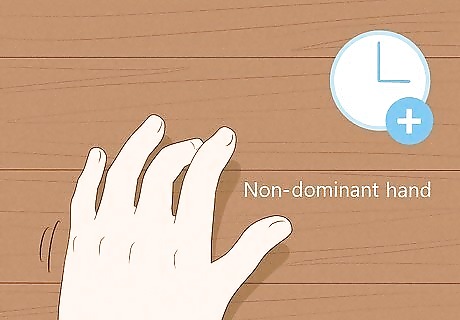
Spend extra time practicing with your non-dominant hand. Practicing scales and drills with your non-dominant hand can help you improve your coordination and dexterity—even if you’re just using a counter. As your control over your non-dominant hand improves, try practicing excerpts of music written for the right hand with your left hand and vice versa. In addition to practicing, try brushing your teeth, combing your hair, and performing other simple tasks with your non-dominant hand. Most often, a pianist’s non-dominant hand is their left hand.
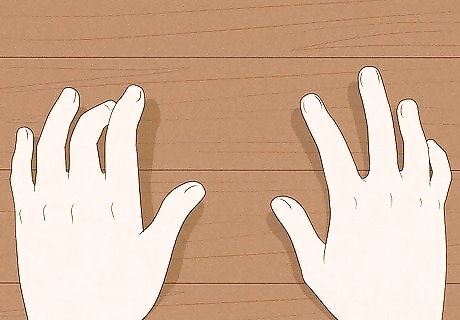
Play a full piece on a tabletop as if the table were a piano. Practice playing a piece on a tabletop either from a score or by memory. Try to imagine playing it as vividly as possible. Do your best to hear every note and feel your fingers striking the piano keys. Work slowly through awkward passages and try out different fingerings to see what feels most comfortable. Then, you’ll have some ideas ready to try once you’re at the piano. Playing on a tabletop is great for your muscle memory. Even though you’re not at the piano, you’ll train your fingers to follow a piece’s rhythm and the contours of melodic and accompanying lines.
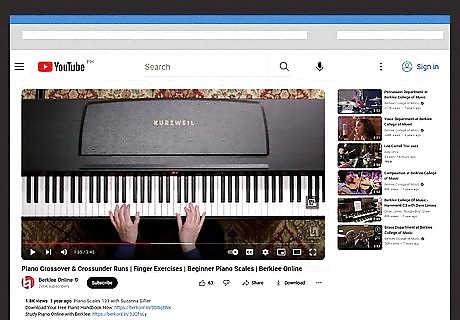
Practice using online video guides and tutorials. When you're away from the piano, watch and practice along with video lessons. You can work on your fingers' dexterity, brush up on notes, scales, and other basics, or get expert instruction on more advanced techniques and repertoire. Search YouTube for free tutorial videos on specific pieces or scales. Channels run by professional pianists or piano teachers are the most informative. Many music schools, universities, or arts nonprofits also offer free resources. For example, the Berklee College of Music has helpful video lessons and digital handbooks for beginners.
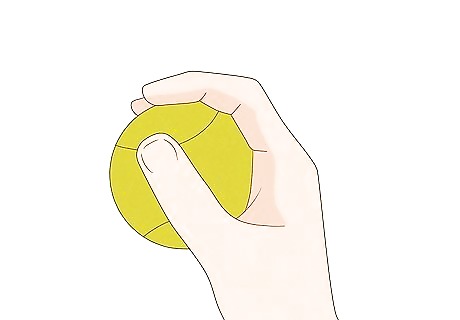
Practice holding a relaxed hand shape. When you play the piano, your hands need to be rounded and relaxed. Try holding a ball or placing your hands on your kneecaps. Notice how your fingers gently curve, then practice keeping your fingers in that shape without holding anything in your hand. When your fingers curve in a proper hand shape for piano, they shouldn’t be bent or tense. You should be able to see all 3 knuckles on each finger. Keep your wrists loose, relaxed, and in line with your hands and forearms as well.
Memorizing Sheet Music without a Piano

Study sheet music 1 hand and 1 bar at a time. Start by reading only the right hand melody in the piece’s first bar. Study it closely, then proceed to playing it on a tabletop when you believe you have it memorized to test yourself. If you need sheet music, a quick online search will yield websites and apps that provide scores for tens of thousands of songs. Or, purchase print or digital books online or at a music store.
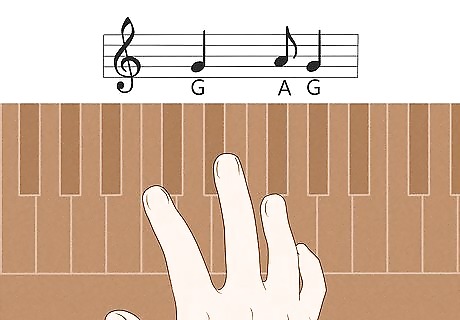
Play the bar’s right hand melody 4–5 times from memory. After studying the first bar’s right hand part, start playing it on a tabletop as if it were a piano. Try to play the part 4 or 5 times without looking at the score. As you practice, do your best to vividly imagine the sound of the melody and the feeling of your fingers striking the keys. Visualizing what a real piano sounds and feels like makes this exercise more effective than just going through the motions repeatedly.
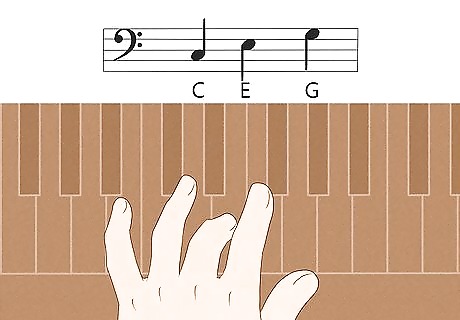
Practice the bar’s left hand part. Move on to the left hand chords or melody when you’re confident that you have the first bar’s right hand part memorized. Study the score carefully, then practice playing with your left hand from memory. Just like with your right hand, repeat the left hand part 4–5 times and visualize what it would feel and sound like to play on a physical instrument.

Combine both hands and add more bars gradually. When you’re comfortable with the left hand, practice playing both hands together. Repeat the process to memorize the next bar, then gradually build parts and bars until you’ve worked through entire phrases, sections, or pages of the full piece. Listen to recordings of the piece (if there are any) several times to get the sound and style of the piece in your ear. When you forget a note or what comes next, hearing it in your mind can help you recover. Every now and then, look at the score as you play the piece to ensure you’re memorizing the tune correctly so you don’t accidentally get the wrong notes stuck in your mind.
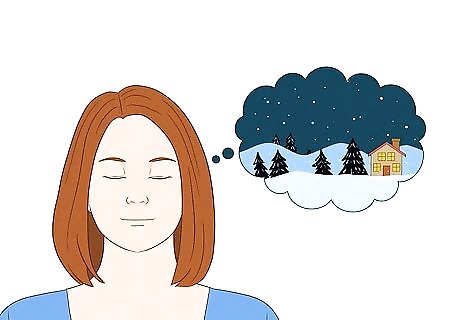
Imagine the sound you want to create. Think about what kind of sound you want the piano to produce and what kind of shape you're giving each phrase. This type of mental practice can actually allow you to change the way you approach the piano for the better and help you come up with a convincing or unique interpretation of a piece. Imagining the sound and character of a piece of music can also help you memorize it. It’s easier to remember how to play “that beautiful, flowy section” instead of abstract notes on the page. Mental practice without the physical motions can be very useful for intermediate or advanced players.
Bonus: Piano Practice Apps

Try using an app that teaches basic piano skills. If you’re just starting out, try using a free beginner’s app like Piano Maestro from JoyTunes. It includes interactive exercises and games, plus it tracks your progress and gives you feedback based on your playing. While the app is most effective if you have a keyboard to play along with, there are multiple games and skills that the app can teach or reinforce (even when you can’t play).

Download a sight reading app. Sight reading, or reading and playing a score at first sight, is an essential skill, but it can take some practice to master. Try apps like Read Ahead and Sight-Reading (Piano) to drill your sight reading abilities. Both apps have free demo practices, but you’ll need to pay to access more levels.

Listen to a virtual piano play a score note by note and practice along. For unfamiliar or complex pieces, it can be helpful to see and hear how the music in both hands fits together at a slower tempo. Apps like MuseScore can play your sheet music at a slower tempo of your choosing for study—you can even play along with the music on a piano or a tabletop. On MuseScore, you can also upload your own arrangements and music for other users to see, play, and learn from. You can even create new scores in the app!
Can you learn piano without a piano?
You can learn music theory and basic chord progressions without a piano. If you don’t have access to a piano, it will be difficult to learn proper fingering techniques and play an entire song from start to finish. However, there are certain tricks and tools you can use to start learning before investing in your own piano: Try a mobile or digital keyboard: Digital or virtual keyboards are the best way to learn piano online. Use a website like Online Pianist or an app like Garageband that has a built-in keyboard. Practice chord progressions on a paper keyboard: When you’re just starting out, trace the dimensions of a standard piano keyboard onto a piece of paper. Practice simple chord progressions and fingering on the paper keys. As you play, use a virtual piano to replicate the sounds so you know what each chord should sound like. Find somewhere to play piano for free near you: Many community centers and public schools have pianos that can be used by guests or students. Similarly, some cities have public piano initiatives that place pianos in parks, train stations, and other public spaces. Use the pianos.pub database to find free pianos near you. Look for affordable music lessons: Start learning piano for free by searching for beginner piano lessons on Youtube. Once you’ve learned the basics of music theory, look for local piano teachers in your area that offer cheap one-on-one classes.














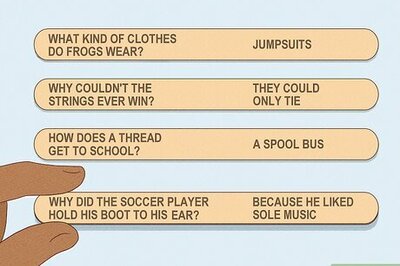

Comments
0 comment